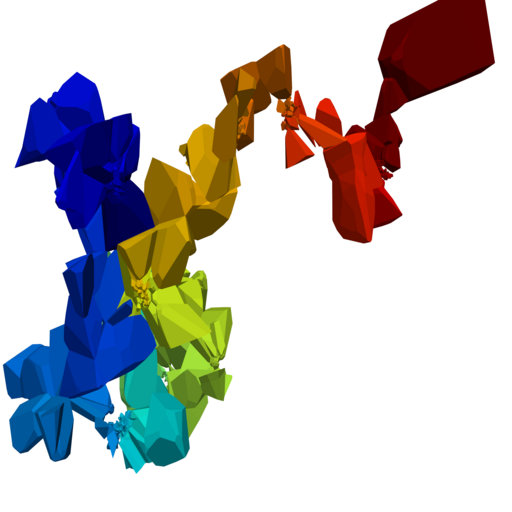
Random walk on sphere packings and Delaunay triangulations in arbitrary dimension
Ahmed Bou-Rabee with Ewain Gwynne.
(2024).

Superdiffusive central limit theorem for a Brownian particle in a critically-correlated incompressible random drift
Ahmed Bou-Rabee with Scott Armstrong and Tuomo Kuusi.
(2024).
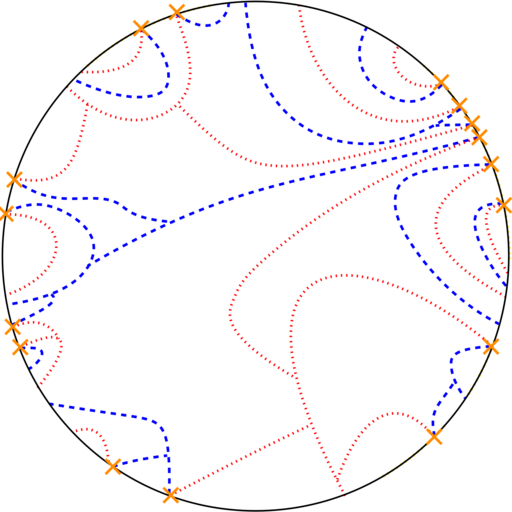
Unique continuation on planar graphs
Ahmed Bou-Rabee with Bill Cooperman and Shirshendu Ganguly.
(2023).
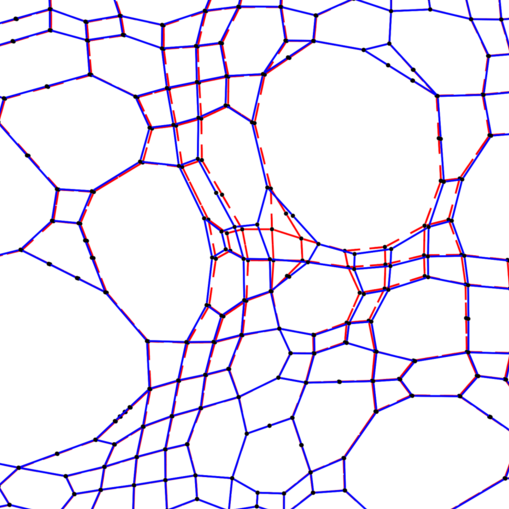
Rigidity of harmonic functions on the supercritical percolation cluster
Ahmed Bou-Rabee with Bill Cooperman and Paul Dario.
Transactions of the American Mathematical Society (2024).
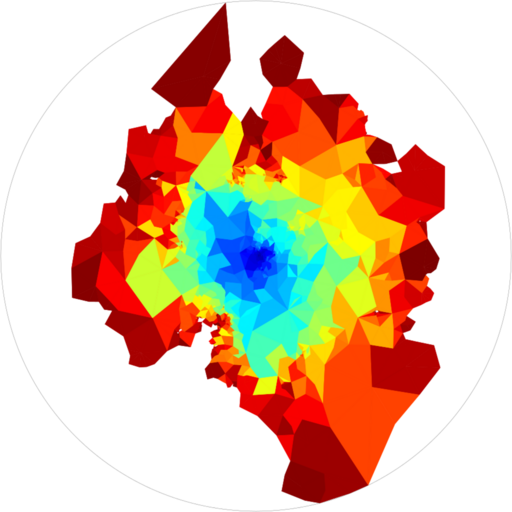
Internal DLA on mated-CRT maps
Ahmed Bou-Rabee with Ewain Gwynne.
Annals of Probability (2024).
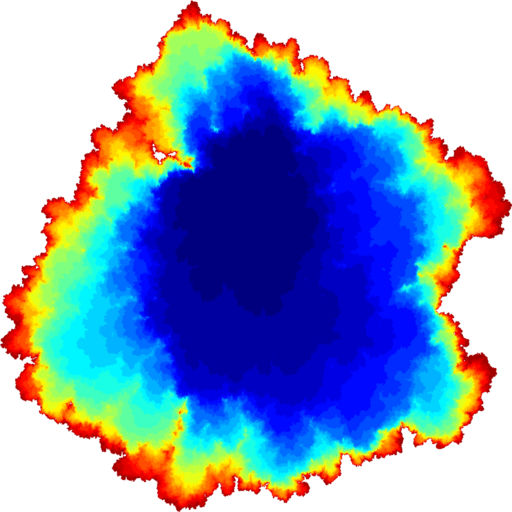
Harmonic balls in Liouville quantum gravity
Ahmed Bou-Rabee with Ewain Gwynne.
Proceedings of the London Mathematical Society (2024).

Integer superharmonic matrices on the F-lattice
Advances in Mathematics 436: 109400 (2024).
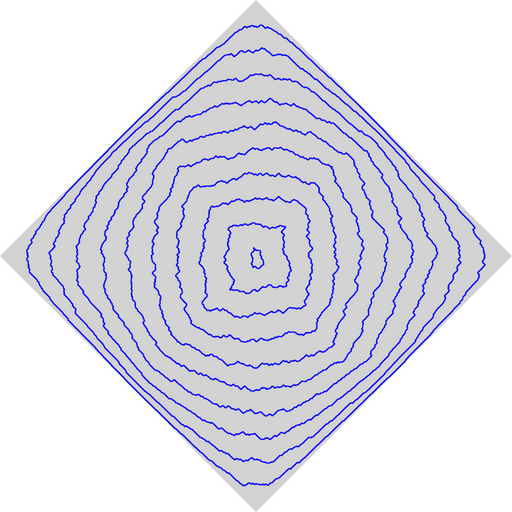
Hamilton-Jacobi scaling limits of Pareto peeling in 2D
Ahmed Bou-Rabee with Peter S. Morfe.
Probability Theory and Related Fields 188: 235-307 (2024).
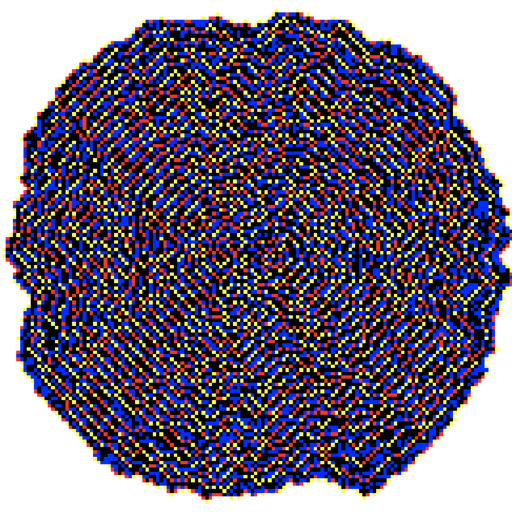
A shape theorem for exploding sandpiles
Annals of Applied Probability 34(1A): 714-742 (2022).
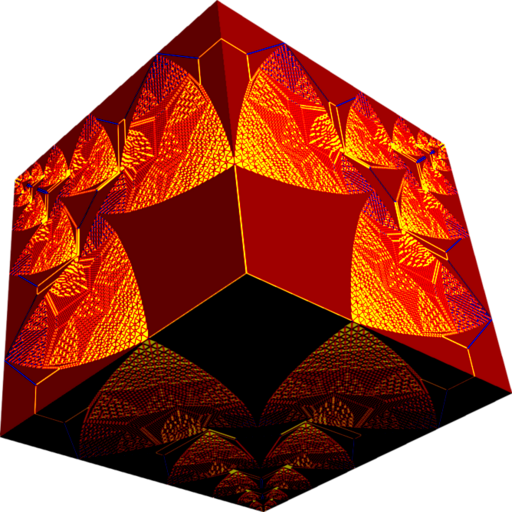
Dynamic dimensional reduction in the Abelian sandpile
Communications in Mathematical Physics 390: 933-958 (2022).
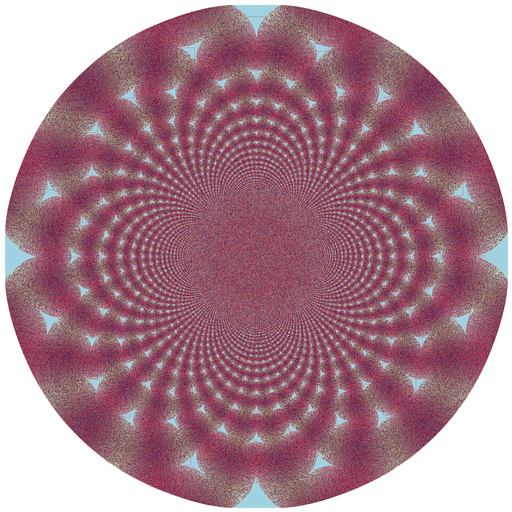
Convergence of the random Abelian sandpile
Annals of Probability 49(6): 3168-3196 (2021).
